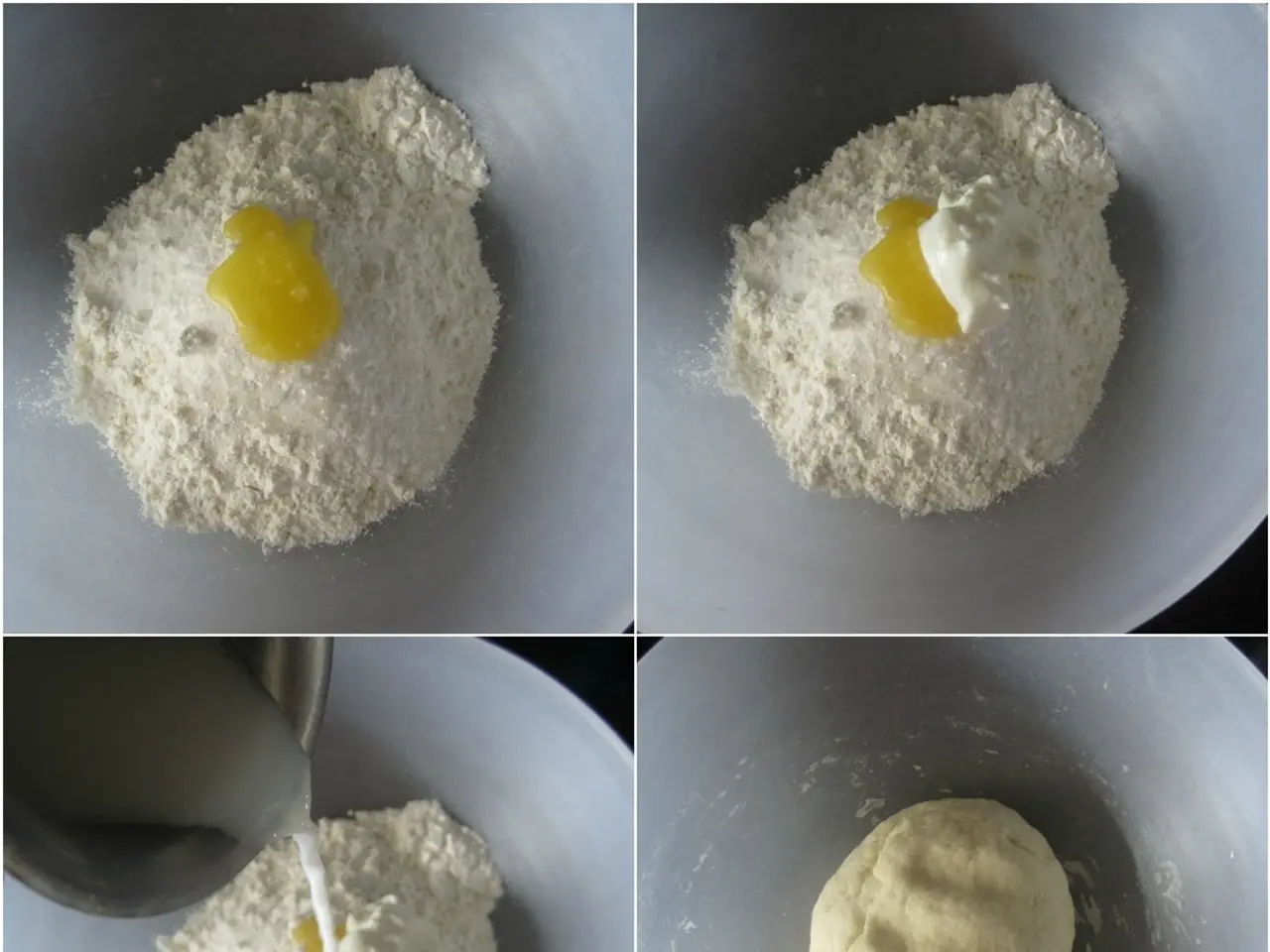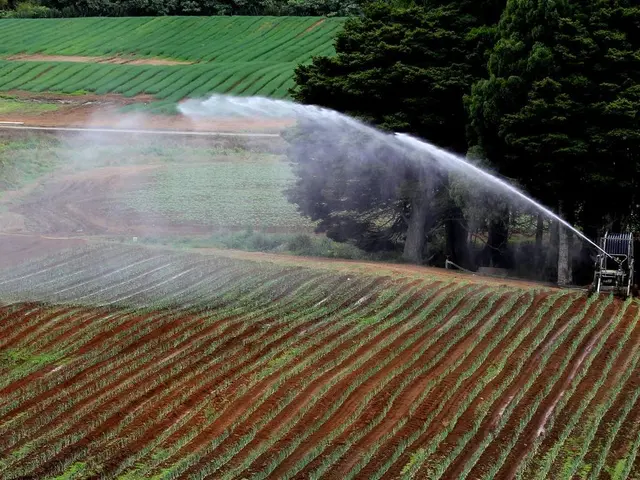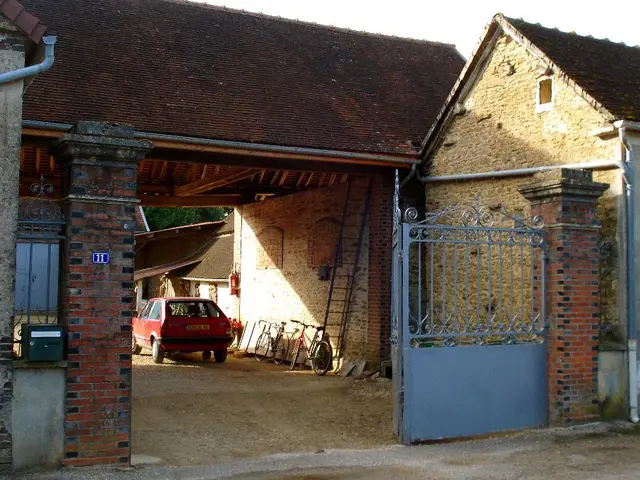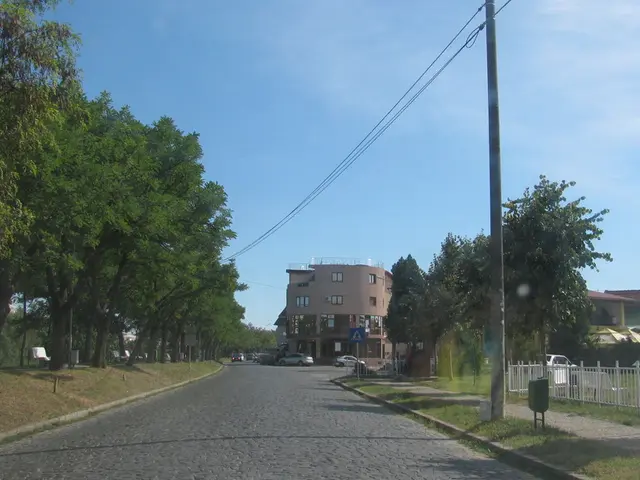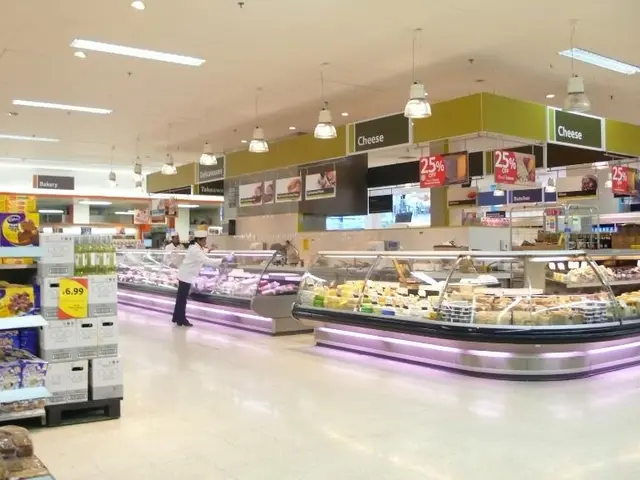Modifying lessons for student underage learners
In a recent research project, six teachers from four schools adapted a color and taste activity, originally intended for year 7 and 8 students, to suit year 3 and 4 students. This project, spanning one term, aimed to investigate how teachers used and adapted Science Learning Hub resources for science teaching.
The color and taste activity encouraged students to investigate the relationship between color and flavor, as well as the relationship between intensity of color and intensity of flavor. Teachers, such as Mary and Cilla, employed scaffolding techniques to help younger students engage with these concepts in a developmentally appropriate manner.
Scaffolding techniques included direct instruction and modeling, guided practice, use of sensory materials, chunking instructions, and encouragement of exploration. For instance, in a color activity like creating a "Rainbow in a Jar," teachers used bright food coloring and simple layering techniques to engage young learners visually, helping them explore primary and secondary colors through color mixing in a hands-on way.
Mary, one of the teachers involved, simplified the intensity experiment to suit her students and time constraints. She spread the two experiments across two lessons instead of doing them all at once. In the color and taste activity, students tasted colored drinks. Mary surveyed her students to determine which colored drink they thought would be the tastiest.
For the initial two colored drinks, Mary used a teacher-directed strategy, guiding students through each step. For the final three, she allowed students to work more independently. On the other hand, Cilla guided students through each step of the color and flavor experiment, including predicting, tasting, and recording flavors. However, due to her belief that the students were not ready for it, Cilla did not include the intensity experiment in the adapted activity.
The adaptations made by Mary and Cilla included guiding students through each step, excluding the intensity of color experiment, simplifying the intensity of color experiment, and reducing the amount of information presented in one lesson. These strategies collectively helped younger students actively engage with colors and tastes, building foundational observational and descriptive skills.
The color of food not only adds aesthetic appeal but also signals its nutritional qualities. This project serves as an excellent example of how teachers can adapt curriculum materials to meet the needs of younger students, fostering a love for learning and fostering a deeper understanding of scientific concepts.
In the color and taste activity, teachers like Mary and Cilla used scaffolding techniques derived from education-and-self-development, such as direct instruction and modeling, sensory material use, and encouragement of exploration, to help younger students learn about the relationship between color and flavor in a way that fits their developmental level. After adapting the project, Mary and Cilla employed learning strategies like simplifying the intensity experiment and reducing the amount of information presented in one lesson, enabling younger students to actively engage with colors and tastes, contributing to the foundation of their observational and descriptive skills in science education.
